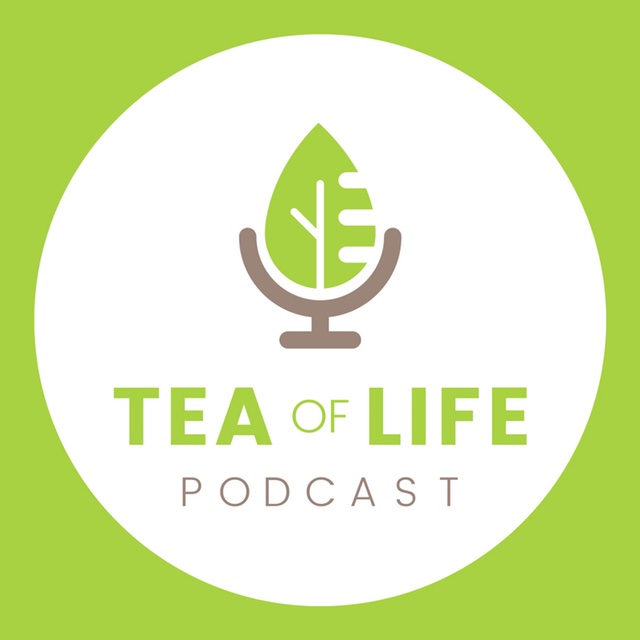Jennifer Langley shared a story of a child predator incident that she witnessed right in front of her face, and after hearing her story, I knew that we had to get this word out to parents and caregivers of children as soon as possible. We want to make sure that our children are as safe as possible, and someone needs to hear this message. So, what Jennifer was witnessing was the perpetrator “befriending” the children there (mostly girls I might add) so that they would no longer be strangers; that they would see him as a familiar face in order for the little girls to feel more comfortable around him. He was also “showing off” for the parents as well. He was showing them how much he “loves” little children (yeah, I bet he does) and “grooming” them to the point to where they feel that he is a safe adult for them and probably thinking, “Wow! He’s really great with kids!” This way, they inch their way in little by little; seeing how far they can go, getting the child more and more comfortable with them until it’s gone too far.
This is an episode that every parent or child caregiver needs to hear. So, grab a notebook because you’re gonna want to write some of this stuff down.
A writer for Psychology Today had this to say about child predators, “Most often, that someone is either a family member or an acquaintance, such as a coach, counselor, priest or teacher. So ironically, when we put our kids into educational programs and organized sports to keep them safe, we may actually be putting them in more danger than if they were just playing outside with their friends.”
We did a little research on how to keep our children safe from child predators, I found that one Psychologist says, in an article written for the NY Times, she’s “noticed that most parents…believe children are safe only when they are in the care of [familiar] adults…but as a psychologist with an expertise in child abuse, I can tell you this theory is hogwash. It’s exceedingly rare for a child to be taken by a stranger, and in around 90 percent of sexual abuse cases, the perpetrator is someone the kid already knows.”
She goes on to say, “Most often, that someone is either a family member or an acquaintance, such as a coach, counselor, priest or teacher. So ironically, when we put our kids into educational programs and organized sports to keep them safe, we may actually be putting them in more danger than if they were just playing outside with their friends.”
Huffington Post gives us “5 Tips to Keep Children Safe from Predators.” I think you’ll actually be surprised at number 1.
- Don’t teach “Stranger Danger.” The author says, “…once the predator introduces himself, he is technically no longer a stranger. Predators always approach a child in friendly ways.” Plus, “there are times when your child may need to talk to a stranger; especially if they feel threatened in any way. However, sadly, we should not point them in the direction of a police officer because predators have been known to wear uniforms in order to look safe.” She says that we should teach our children to look for a mom with kids.” Which is actually what happened in Jennifer’s case. She was a mom looking out for her own kid; suddenly finding herself looking out for someone else’s kid at the same time.
- Teach your kids that adults don’t need help from kids. This seems to pretty self-explanatory. In short, if an adult needs help to find a lost pet or needs directions, a kid is the LAST person they should be asking for help.
- Have a code word phrase. The idea of this is that “they should know that if you send someone to pick them up from school or any activity, the code word will be used.” This is something that we did with our kids. Thankfully, we’ve never had to use it. I also think that this is something that needs to be changed on a regular basis, like your passwords. Once it’s used, change it, so that it won’t be able to be used again. If too many people learn your code word, that could be dangerous too.
-
Let your child know it’s OK to yell, scream, and say no to an adult if they feel uncomfortable or scared. She says, “It’s a good idea to practice [this] with your kids. Give them a scenario and have them practice saying no firmly and loudly, screaming, and running away.” I was also taught to go limp. It is virtually impossible for someone to pick you up without others noticing it when you have gone completely limp. It also looks like something is wrong with you, so it may invite others to run to the scene to help.
-
Be cautious and aware of identifying clothing. “Personalized shirts, a team uniform or clothing from your child’s school can provide a potential abductor with valuable information. If they are able to call your child by name or mention their school or team, they may be able to trick your child into believing that they know them.” I remember my parents being very cautious about this when I was a kid. Even when I was 16, and I got my first car, I wanted a license plate with my name spray-painted on it for the front of my car, and my parents would not allow it. I was never allowed to wear anything with my name of the back of my shirt. They were a little more lenient with my name on the front of my shirt, but there was just caution with my name being on the back for the people behind me to see and follow.
So, here we have talked about a few things that we can do in order to keep our children safe on a regular basis, but I don’t want to end here. I’d like to add a few more ways that we can keep our kids safe.
BE AWARE OF:
- People who circle around playgrounds and observe kids are very suspicious. Take a photo of such a person in a way that they will notice it. This simple action can scare away a kidnapper. (Jaycee Dugard’s kidnapper would do this. His wife would actually video him with the kids on the playground in the background of the video.)
- Be aware of social media! Child abductors can get a lot of information from photos with little information that can convince a child a person actually “knows” their parent.
Something else that I would like to add to this conversation, and if you’ve been listening for a while, you know that we are a scouting family. In fact, my son just completed and received his Eagle Scout Rank in September, but something that we practice in Boy Scouts is something called Youth Protection Training. This is where every registered adult, parent, and leader have to take specific training on how to keep our scouts and kids safe. We have a lot of rules and regulations set up to keep our youth safe, and one of the big ones is “absolutely NO one-on-one contact between adults and children.” This means that we always have to have what we call “two-deep leadership” when it comes to ANY activity that we do. This allows there to NEVER be a time when our scouts are alone with an adult. It’s always a good idea to practice this in your own family as well. Whenever you need someone else to pick up your child, have it be someone who is already picking up their own child or at least someone who will have multiple people in the car for accountability’s sake. A pedophile is less likely to be able to do anything when there are potential witnesses.
Anyone can take this Youth Protection Training Course offered from Boy Scouts of America. You don’t need to be registered with this organization in order to take advantage of this training. All you need to do is follow the link that I’ve provided in our show notes. This training can be a great resource for your family, company, or any organization for that matter. Also available is A Parent’s Guide on How to Protect Your Children from Child Abuse. This guide is a great additional resource by providing you with information along with some tips for talking with your child about child abuse. It also contains a section with exercises for you to share with your child. Research shows that children whose parents talk to them about preventing abuse are better able to protect themselves and are more likely to tell someone if they are abused.





